MSRP (*Base Edition)
Battery EV | SUV | 501KM
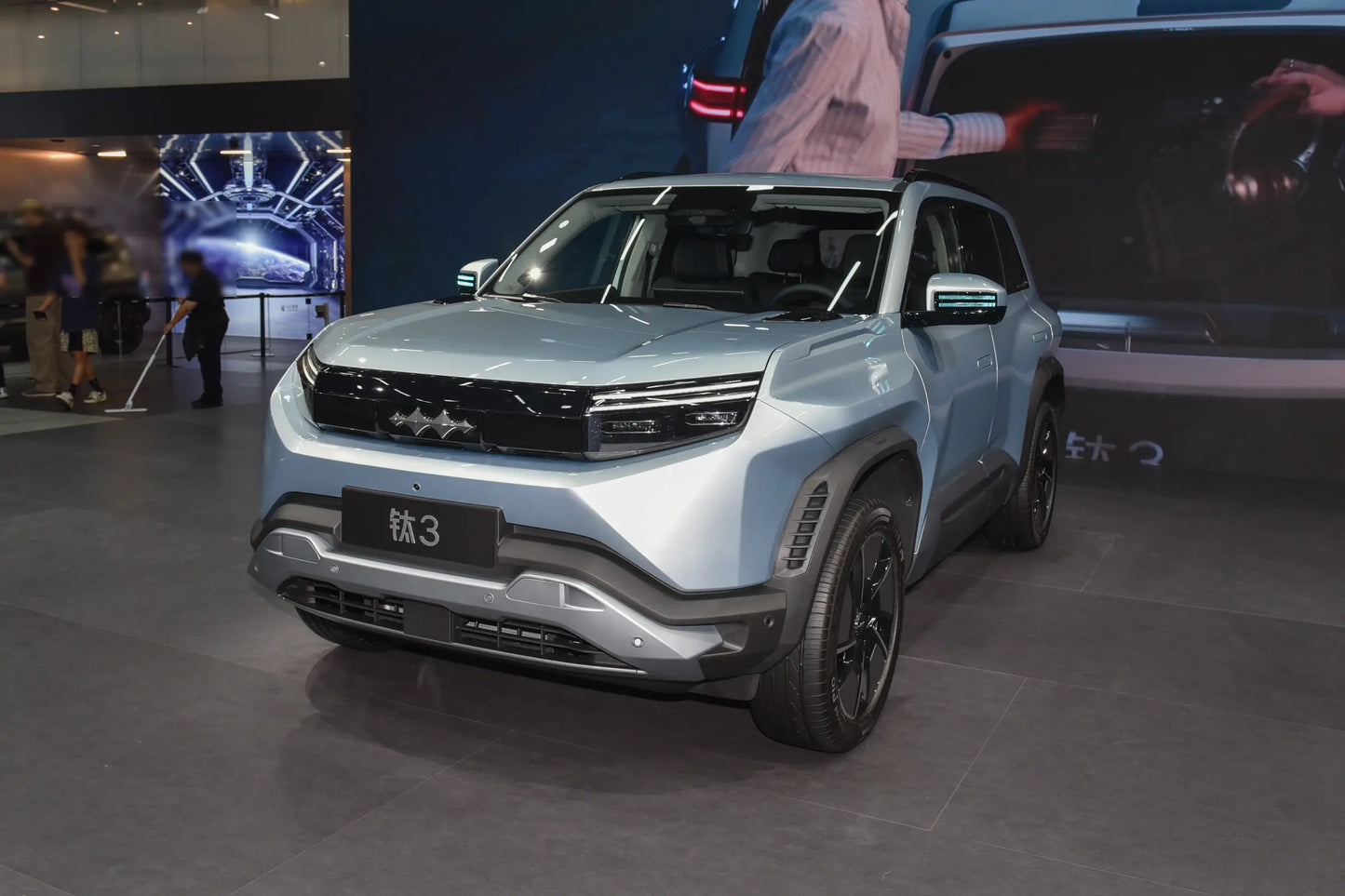
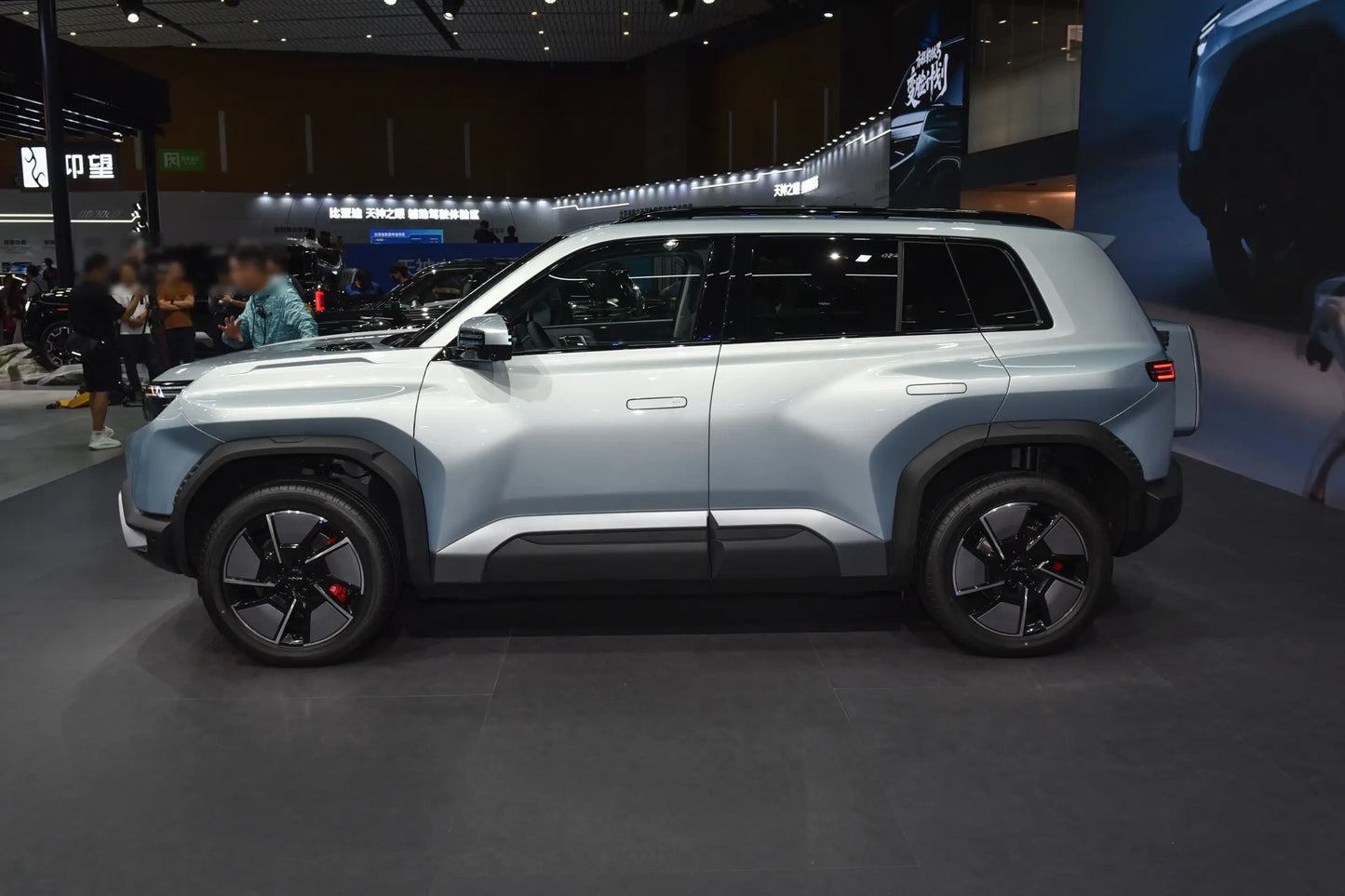
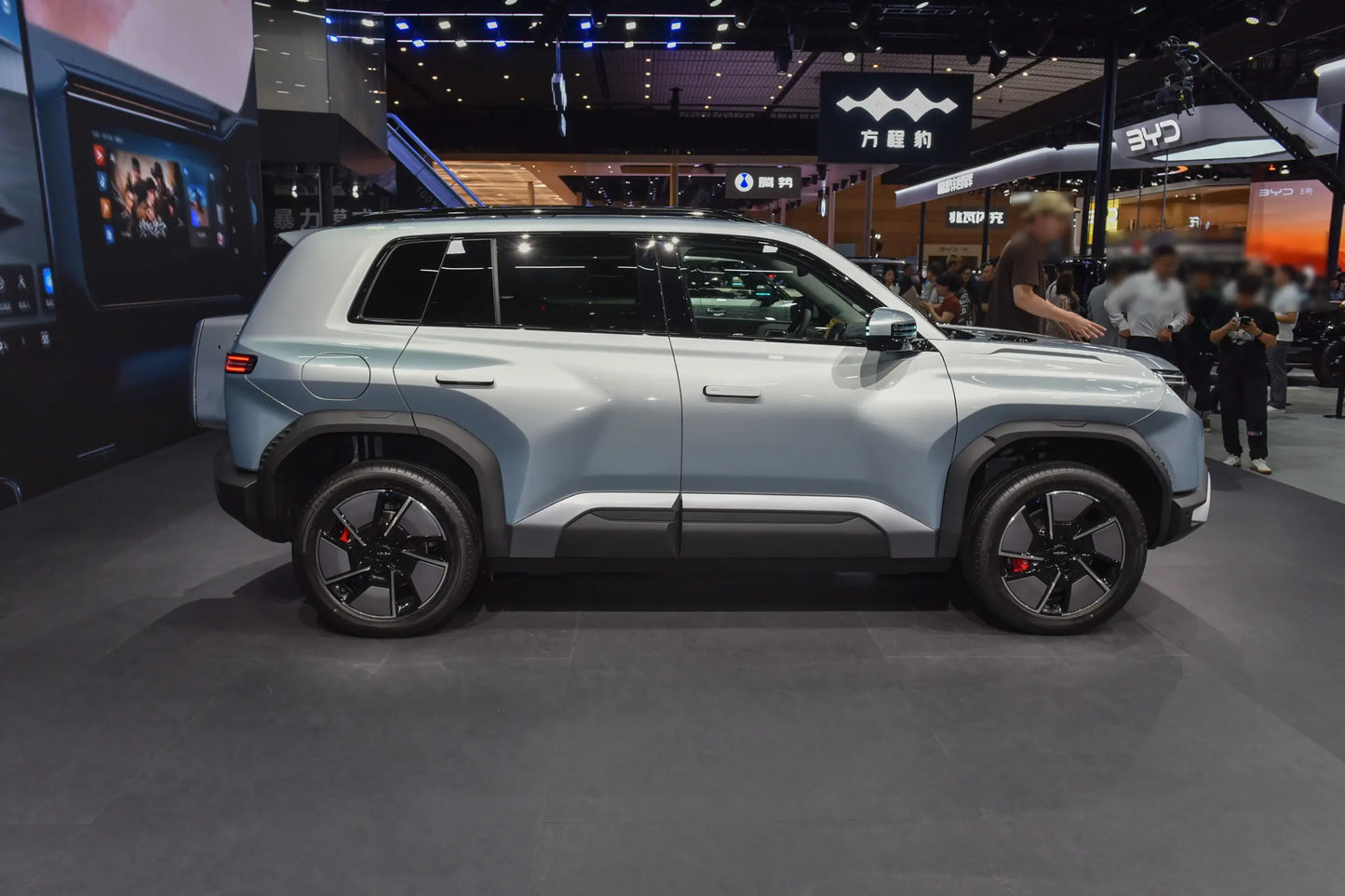

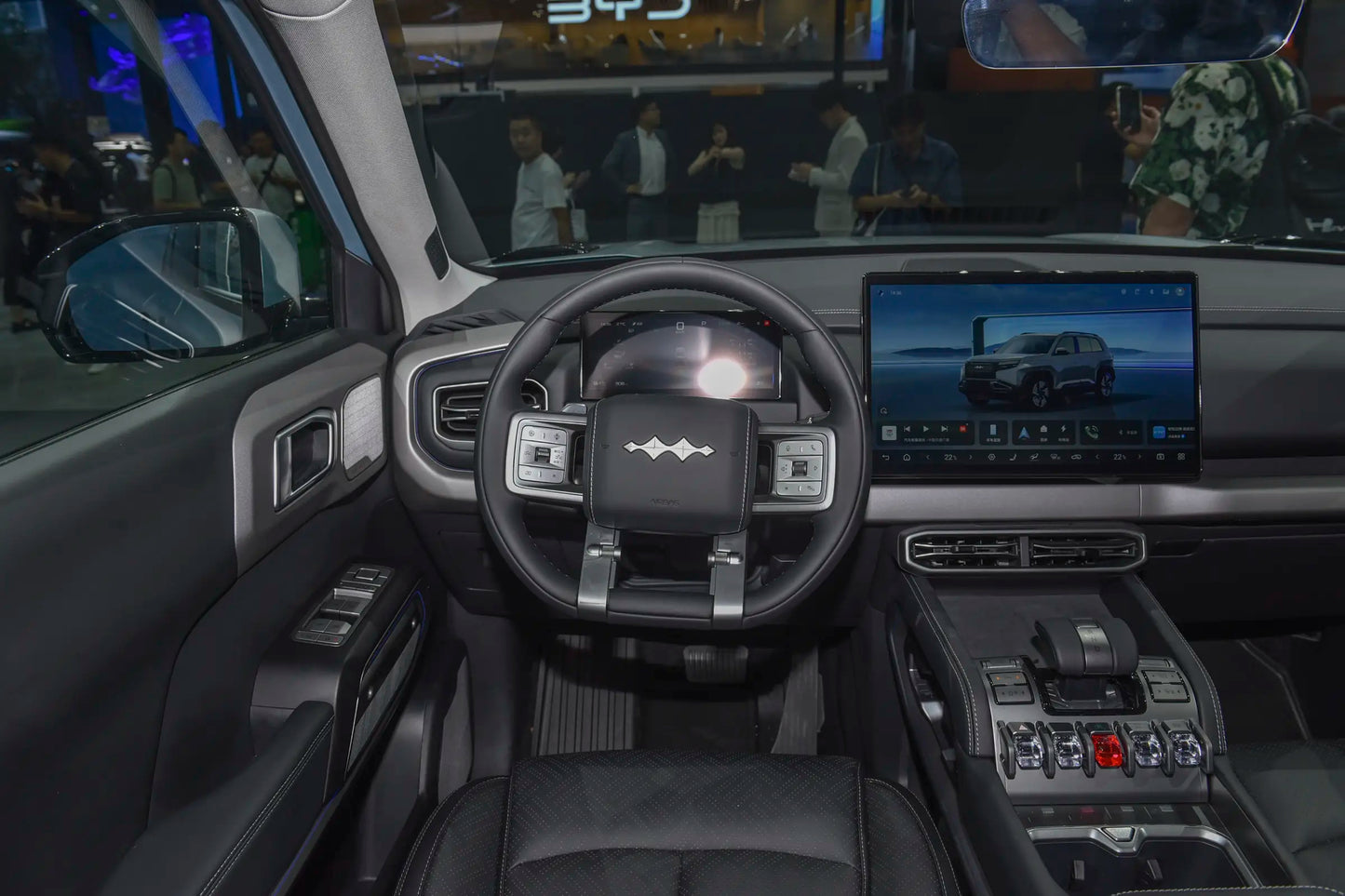
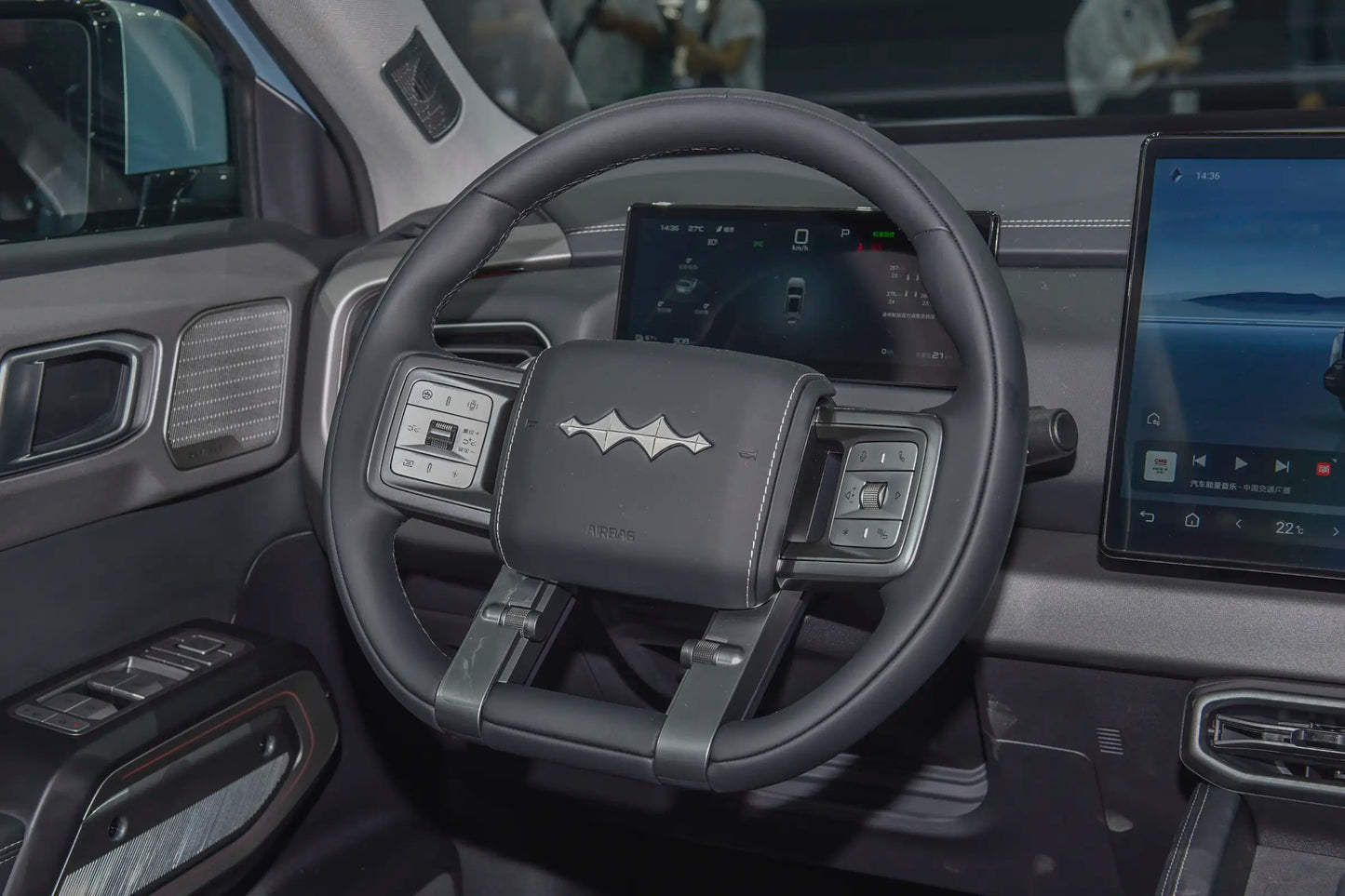

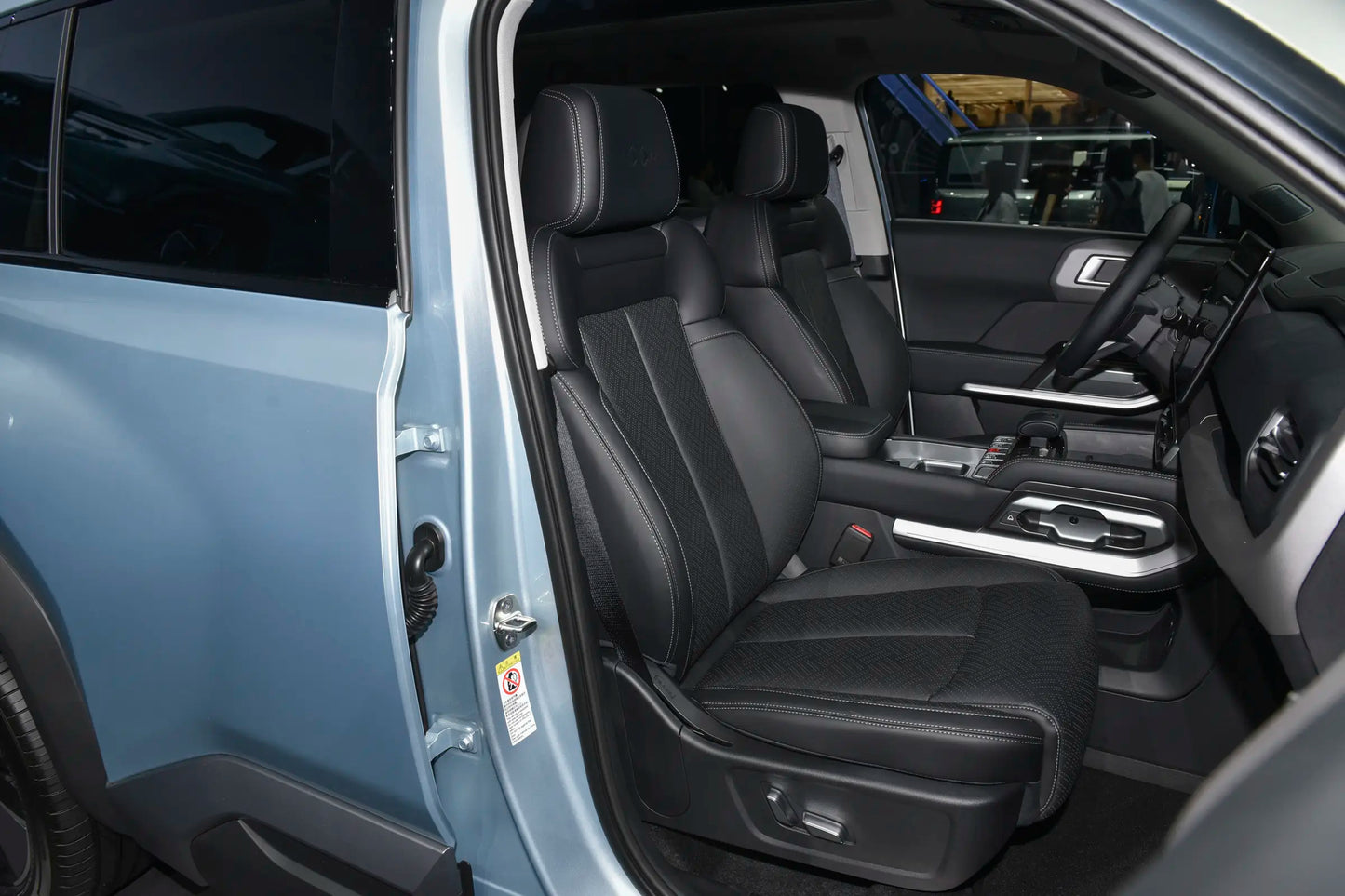
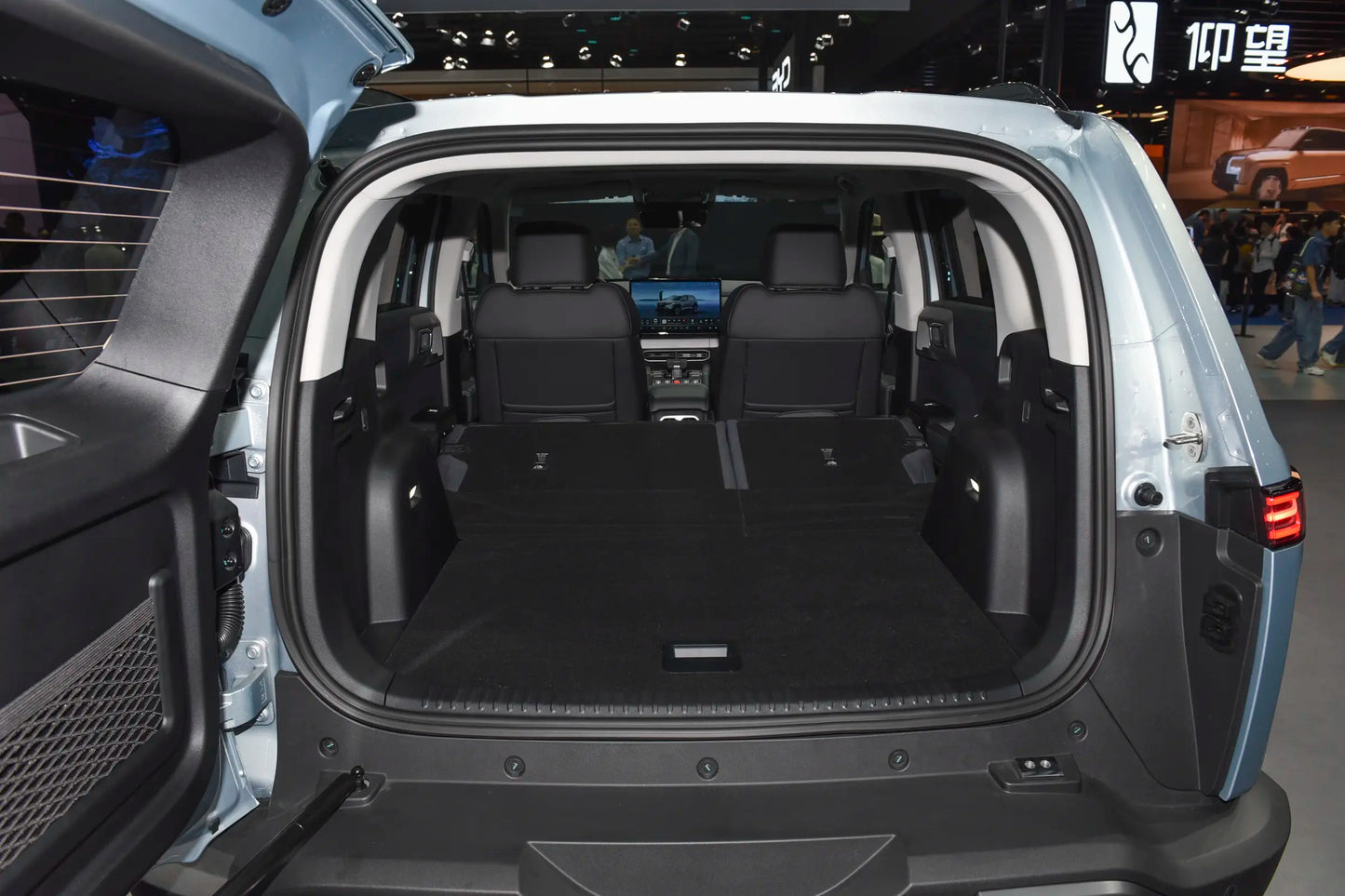
$19,787.00 USD
-
BrandFormula Leopard
-
Vechile ClassSUV
-
Energy TypeBattery EV
-
Pure Electric Range(KM)501
-
Curb Weight (kg)1995
-
Battery Typelithium iron phosphate battery
-
Total Power of Motor (KW)160
-
Maximum Power(KW)160
-
Total Torque of Motor(N・m)310
-
Maximum Torque(N・m)330
-
Length x Width x Height(mm)4605x1900x1720
-
Official 0-100km/h Acceleration Time(s)/
-
Power Consumption(kWh/100km)12.3
-
Equivalent Fuel Consumption (Electricity)(L/100km)2175
-
Battery Capacity65.28 (kWh)
-
MaximumSpeed(km/h)130
-
Motor Layoutrear mounted motor
-
Transmissionsingle-speed transmission
-
IDev2509033
Panoramic Interiors
Video Manual
Authentic on-site shots for an immersive vehicle detail experience
Real Customer Reviews
Source: DCAR
Review A
?? Experience after taking delivery of the car (the configuration and functions are relatively intuitive and can be experienced on the display car at the 4S store. This section mainly shares the driving and control experience)
¡ú Chassis: The rear - wheel drive Max doesn't have FSD or Yunlian C (but the mechanical parts are the same, with double - ball - joint MacPherson in the front and five - link in the rear, aluminum steering knuckles and steering ball joints). At first, I was worried that there would be a significant difference from the four - wheel drive version, but the actual experience was quite satisfactory.
1. Roll suppression: For a box - shaped vehicle with a relatively high body, roll and suspension support are major concerns. In this regard, the Titanium 3 performs better than similar vehicles. When passing through a ramp at 80 km/h (safety first in driving), there's no lack of confidence due to suspension support issues, and the support during normal and quick lane changes is also sufficient.
2. Minor bumps: The overall suspension is relatively stiff. The minor bumps on the road surface are transmitted in a relatively direct but slightly springy way. Meanwhile, the body will make certain minor swings as a whole. The body and chassis have good rigidity, without a loose or spongy feeling (it feels close to a hardcore off - road vehicle. Coupled with the high seating position and the front hood, it has a similar view and chassis feeling to the Prado).
3. Big bumps: The chassis has good road - hugging ability when encountering large bumps. (During the test drive, the four - wheel drive version without Yunlian didn't handle big bumps and bounces well. It's necessary to turn on the preview function and switch to the sport mode to have an obvious road - hugging feeling). The handling of after - shocks is also quite straightforward, without multiple up - and - down oscillations before stabilizing.
¡ú Throttle, brakes, and steering (personally, I think there's no need to evaluate the acceleration of electric vehicles)
1. Throttle/regenerative braking: The throttle isn't as sensitive as that of Tesla, but there's no obvious delay either, and it's relatively linear overall. Even when the regenerative braking is set to the maximum, it's not very noticeable. There's no one - pedal driving mode, and the vehicle won't stop when the throttle is released. By controlling the degree of releasing the throttle, the strength of regenerative braking can be finely adjusted, without an abrupt dragging feeling, enabling smooth deceleration.
2. Brakes are a problem that many car owners have reported. One issue is that the initial stage is relatively sensitive, and the other is that the vehicle tends to pitch forward and backward when coming to a stop. (The rear - wheel drive Max is easier to control the pitch compared to the four - wheel drive version without Yunlian during the test drive).
My personal experience is: Turn on the comfortable braking mode and set the brake pedal to the sport mode. (In the comfort mode, there's a small amount of free play at the beginning of the brake pedal, and then there's a sudden braking force. In the sport mode, the initial stage is also sensitive, but the overall performance is linear and relatively easier to control).
3. The steering is just average, without a strong electronic feeling. (In comparison, the steering of the Z20 is really sensitive. The vehicle's front end moves as soon as the steering wheel is slightly turned).
Review B
¡¾Car Purchase Experience¡¿
My first car was a Volkswagen Teramont. I commute about 1,300 to 1,400 kilometers every month, and a gasoline car consumes a lot of fuel. I wanted to buy a pure electric car, but I was no longer used to driving small cars. I've liked the design of the BYD Leopard 5 for a long time as it's similar to the Teramont, but unfortunately, it's a hybrid.
When the BYD Tang EV Titanium 3 came out, it was just what I wanted. It's an SUV with a boxy shape, but one size smaller than the Teramont. It's a pure electric car, more suitable for commuting in the city. Plus, I can install a home charging pile, which makes it highly cost - effective.
I visited several 4S stores and took a test drive. Although it was my first time driving an electric car, I found it quite easy to get used to, not as uncomfortable as I thought.
As for colors, I recommend silver and green. The silver has a bit of a blue tint. When I saw the green one in person, it seemed a bit dull, so I finally chose silver.
¡¾Space Performance¡¿
Since the car is smaller in size, there must be some trade - offs in space. The front - row space is similar to that of the Teramont, very spacious. The back - row space is slightly smaller than that of the Teramont but still adequate.
The frunk is quite large, but I'm not used to using it yet.
To be honest, the trunk is a bit small. I can't stuff things into it as recklessly as I could in the Teramont by folding down the last row.
The spare - tire carrier is better than nothing. I've put a pair of Crocs and some fishing gear in it.
¡¾Range and Energy Consumption¡¿
During normal commuting on both expressways and surface roads, the energy consumption fluctuates around 15.
I once drove on an expressway and then on a highway. Since the maximum speed on the highway was around 100 km/h, the total energy consumption was a little over 13. Especially when driving on the expressway, the mileage I drove was more than the range I lost. I'm quite satisfied with that.
¡¾Least Satisfied¡¿
The only thing I want to complain about is the Sentry Mode. It drains more than a dozen kilometers of range overnight, about two or three percent. I'm not at ease when it's off, but since I charge at home at 0.3 yuan per kilowatt - hour, I'm not too worried about the cost. I turn it on for peace of mind.
¡¾Assisted Driving¡¿
To use the assisted driving feature, you need to watch a video and answer some questions first. It's very simple.
I've used it a few times but am not very used to it.
Driving habits are very important. I'm afraid that if I use the assisted driving feature too often, I'll get lazy and develop bad habits. Human nature can't stand the test. At least for me, I'd better use the assisted driving feature less or not at all.
¡¾Charging Time¡¿
After installing the home charging pile, I can charge at 0.3 yuan per kilowatt - hour. Since the cable is 53 meters long, the charging power is less than 6 kW. Once, I started charging at around 10:45 when the battery was a little over 30%. It was fully charged at around 7:30, which took less than nine hours. It just barely fit within the off - peak electricity time.
Review C
(1) Intelligent driving is useful:
?? There is a major premise here. Everyone should recognize that this is intelligent assisted driving and not be misled by how amazing the entire market's publicity is.
?? How to make good use of the auxiliary functions still depends on the driver holding the steering wheel.
?? Driving on highways and expressways with light traffic can relieve driving fatigue. When stuck in traffic and moving slowly, turning it on allows the car to follow the traffic flow slowly, relieving my anxiety during traffic jams.
?? This system is still evolving. At first, when the navigation prompted there was a tunnel ahead, the lights would only turn on after the light sensor detected the dimming inside the tunnel. Now, they turn on in advance. When slowly reversing and there is a pedestrian behind, the active braking has become gentler. Previously, it would suddenly brake hard, making it feel like hitting a wall.
(2) Solid range in low - speed conditions:
?? If the sentinel mode is not turned on and the air - conditioner is not used during long - term parking, the range of this car can reach a 1:1 ratio in non - highway situations. This is definitely excellent among cars with a similar square shape and also performs well among SUVs.
(3) A mountain - climbing marvel:
?? I don't know if it's because of the four - wheel drive, but this car climbs mountains very comfortably. You don't have to worry about insufficient power. You can climb the slopes slowly, unlike fuel - powered cars that need to speed up for a dash.
?? Especially when climbing a hairpin - bend slope, the car doesn't skid at all when turning. Even if it doesn't perform well, it won't roll back.
?? When going downhill, there is kinetic energy recovery, so you don't have to worry about the brakes overheating. I think the brakes of the Max version are sufficient. For the enhanced brakes of the Ultra version, I think the biggest upgrade is the red calipers!
?? Exclusive tips
7?? Highway range:
(1) Currently, from my own tests at 120 km/h, the range is 60% to 70% of the full range, but many car owners' tests show it's 50%.
(2) The reason I don't consider it a drawback is that it's an inevitable result for a boxy SUV and belongs to the product's characteristics.
(3) Additionally, there should be few people who drive four or five hundred kilometers continuously on the highway. People with such requirements shouldn't buy this car.
(4) Anyway, I need to take a break after driving continuously for two hours. It's just the right time to charge the car, and I can also get out of the car, take a few steps, use the restroom, and have something to eat.
8?? Supplementary information on bugs encountered when taking delivery of the first - batch cars and their solutions:
(1) Simple mode: The vehicle will enter this mode when there is no signal or it encounters special situations. Generally, you can solve it by long - pressing the volume/power button in front of the gear lever on the right to turn off the car and then restart it.
(2) Tail lights not turning off: Newly produced cars should not have this problem. For the first - batch of owners in April, they just need to turn off the automatic headlights and then lock the car on the spot, and then go to the 4S store to upgrade the system.
(3) Interior rattling: First, clean up the clutter in the car to eliminate interference from the placement of items. Especially, when there are sunglasses in the glasses case, put a soft cloth inside. Then, observe the position carefully to find the rattling point. Ask the front - passenger to record it and report it to the 4S store. There was a rattle at the armrest by my door, but it miraculously stopped after a long drive. It's really amazing!











